Hiran Minar
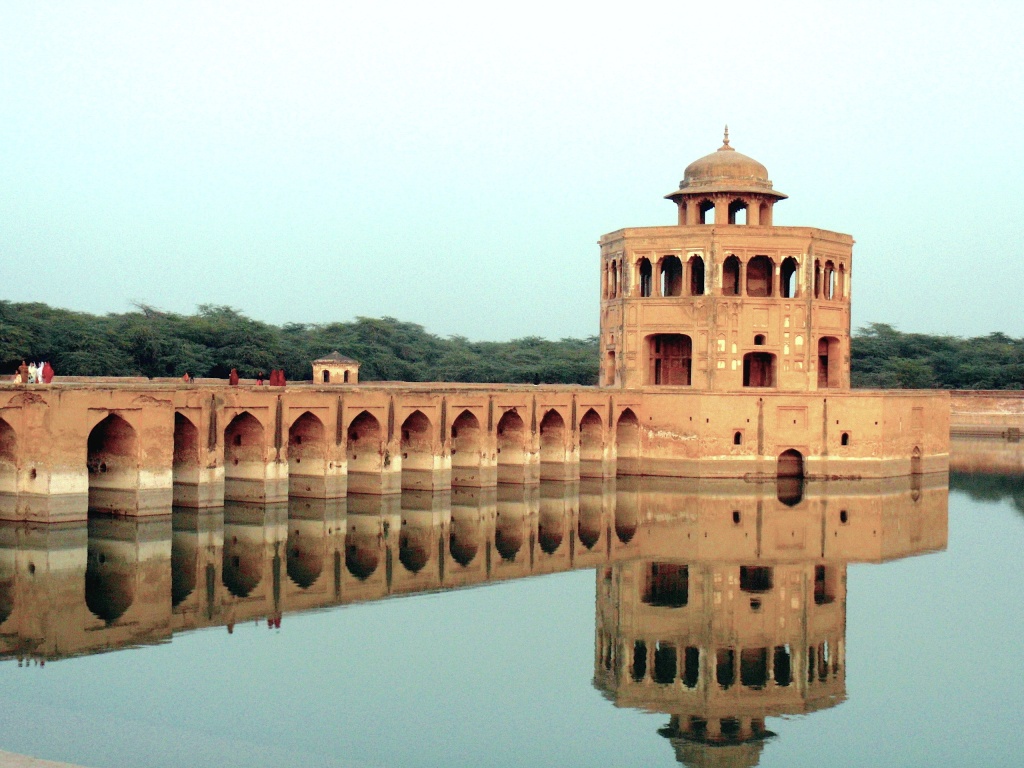
Introduction
Hiran Minar is a historical Mughal-era complex located in Sheikhupura, Punjab, Pakistan. It was built by Emperor Jahangir in the early 17th century as a monument to his beloved pet antelope named Mansraj.
Historical Background
Constructed around 1606 CE, Hiran Minar was designed as both a hunting retreat and a commemorative site. The central minaret served as a memorial while the surrounding water tank and pavilion supported royal leisure and hunting activities.
Architecture and Features
- Minaret: The 30-meter-high minaret marks the burial site of the antelope and features stone carvings.
- Water Tank: A large square tank surrounds the minar, with ramps for animals and a causeway connecting to a pavilion.
- Pavilion: The octagonal pavilion in the center of the tank was used by royalty during hunting trips.
Cultural Significance
Hiran Minar reflects the Mughal emperors’ love for nature, animals, and art. It stands as a unique blend of commemorative architecture and practical hunting design.
Preservation Efforts
The site is protected by the Department of Archaeology and Museums and remains a popular tourist destination due to its tranquil environment and historical legacy.
Quick Facts
- Built: Circa 1606 CE
- Location: Sheikhupura, Punjab, Pakistan
- Commissioned by: Mughal Emperor Jahangir
- Purpose: Memorial and hunting resort
- Architectural Style: Mughal
Image Gallery
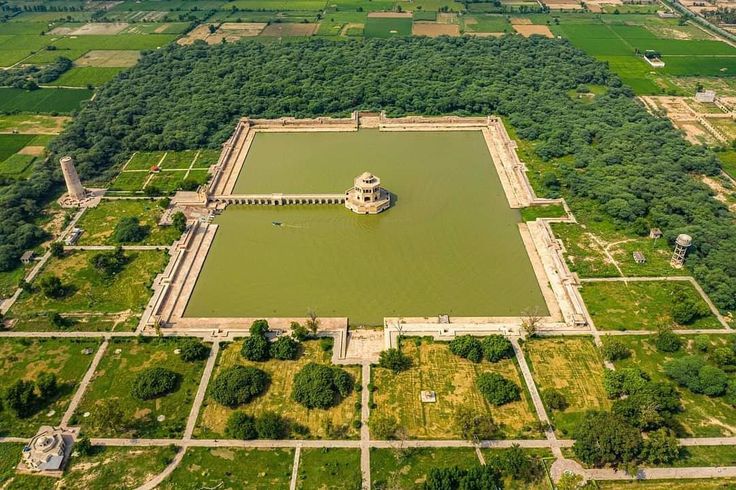
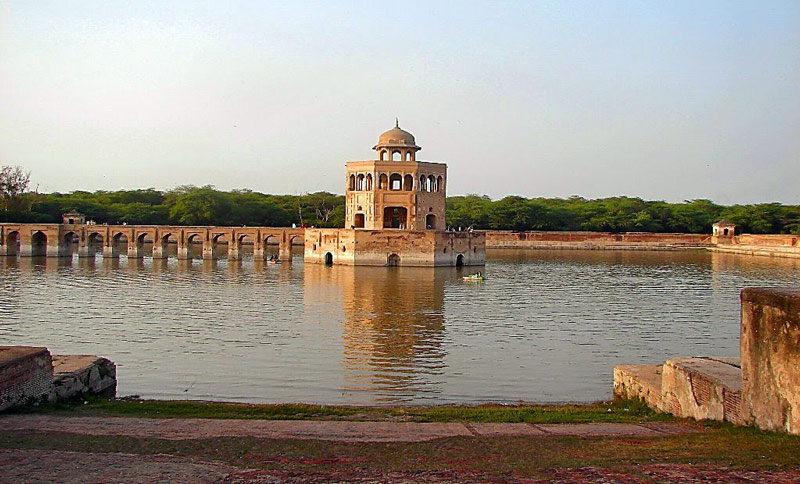
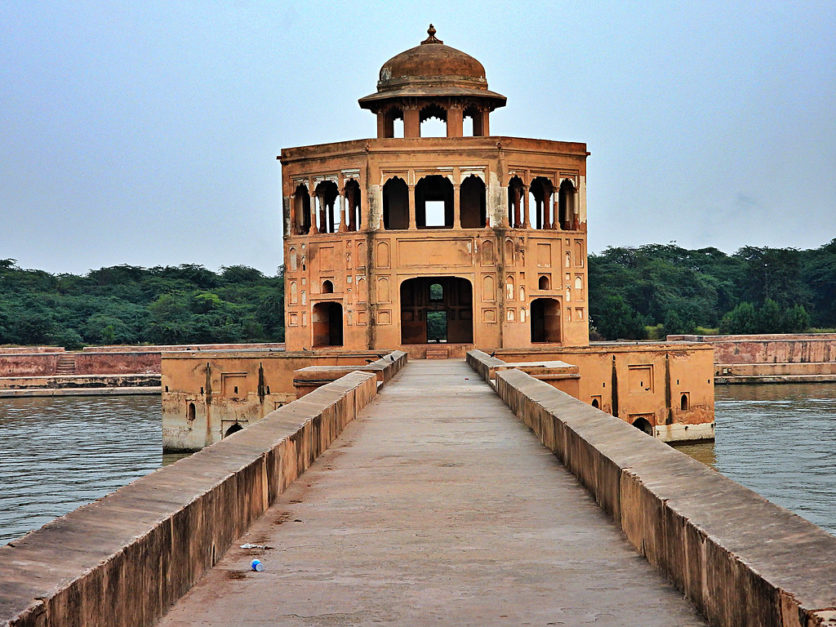
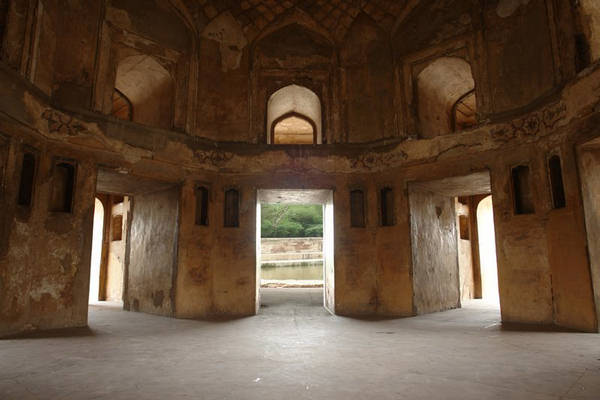
Hiran Minar
Location: Sheikhupura, Punjab, Pakistan
Hiran Minar is a Mughal-era complex built by Emperor Jahangir in memory of his pet antelope. It serves as both a monument and a serene retreat.
Learn more